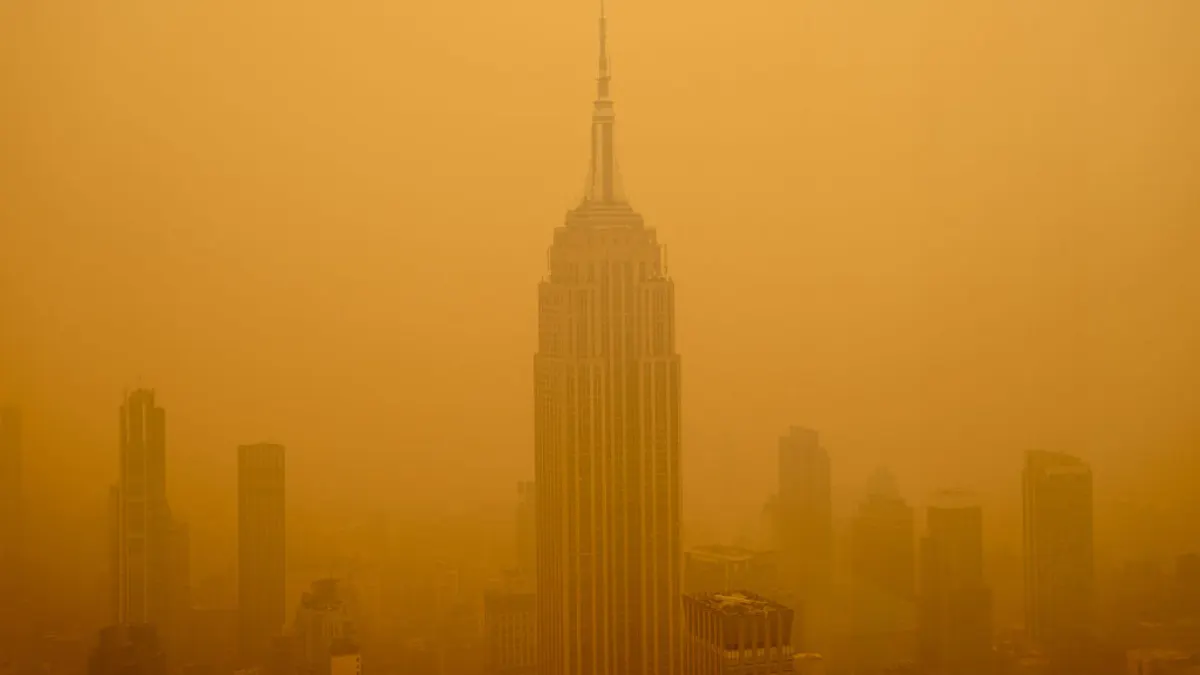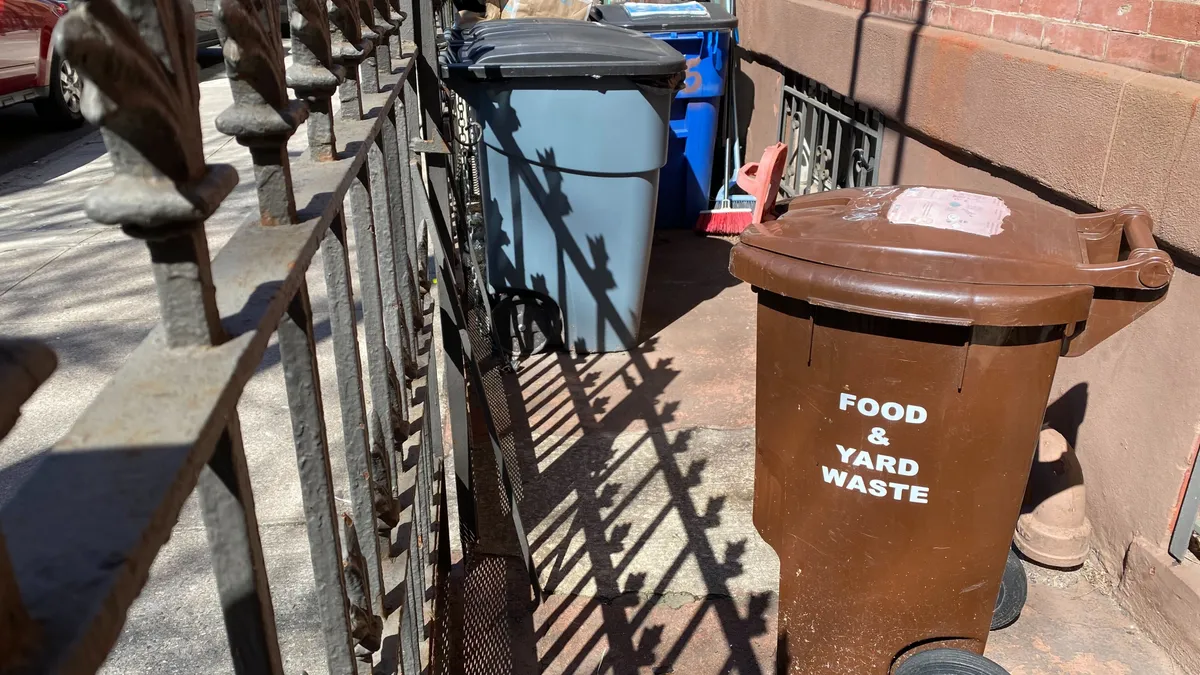The first half of 2020 saw an 8.8% decrease in global carbon dioxide (CO2) emissions due to the COVID-19 pandemic, according to a scientific report recently published in Nature Communications. This reduction was "larger than any in history," the authors wrote, yet governments — particularly U.S. cities — have plenty of work to do before they can hang up their hats.
In response to this unprecedented trend, the Brookings Institute unveiled its own report this week detailing "pledges and progress" toward greenhouse gas (GHG) emissions reduction in the 100 largest U.S. cities. Brookings researchers suggest the COVID-19 pandemic will place a renewed emphasis on local climate commitments, yet those commitments are only as valuable as the progress made to meet them.
"[Q]uestions persist about the efficacy of city pledges," the researchers write. "Are they working in the absence of binding national regulations? What kind of results are emerging? How far can city action go without bigger efforts at other levels, including federal?"
The current "emissions-pledge system" is well-intentioned, but broken, the researchers found. To better highlight local governments' emissions reduction progress against corresponding commitments, Smart Cities Dive broke down the 32-page report by the numbers.
Smart Cities Dive pulled select data to summarize local governments' progress on GHG emissions reduction. For more comprehensive analysis, visit the Brookings Pledges and Progress report.
600 local governments have developed CAPs since 1991
Since the launch of ICLEI USA nearly two decades ago, more than 600 local U.S. governments have developed climate action plans (CAPs) with GHG inventories and reduction targets, the Brookings report says. ICLEI USA attributes this to its Five Milestones Framework, which serves as a guide to "building more sustainable, climate-friendly communities."
The report says these CAPs generally illustrate "bottom-up" actions that could push efforts on the federal level, but to really nudge the feds, America's most populous cities must step up. Over 80% of Americans live in urban areas, according to the World Bank, and the onus will be on those areas to show further progress developing and meeting these climate targets.
12% of Americans live in cities with fully-formed CAPs
Only 45 of the 100 most populous U.S. cities have fully-formed climate plans with GHG inventories and reduction targets, the report says. This accounts for the representation of 40 million people, or just 12% of the U.S. population.
The total annual reduction in emissions achieved among these 45 cities could potentially reach the equivalent of 365 million metric tons of carbon. But that only translates to 7% of the emissions reductions the U.S. originally committed to achieve by 2050, the report says — if the cities can continually stay on target. Additionally, only 32 of these 45 cities have published a GHG inventory since the implementation of their CAP.
55% of the largest cities don't have GHG reduction targets
With only 45 of the 100 most populous U.S. cities having fully-formed CAPs, more than half of the largest cities are lacking GHG reduction targets, the report says. Furthermore, of the 45 cities with these reduction targets, only two have updated their GHG inventories since 2017; no cities published updated inventories in 2018 or 2019, the report found.
24 states have at least one city with a CAP
More than half of U.S. states do not have a single city with a climate action plan, according to the report. California is home to 11 cities with CAPs, while the entire Northeast region is home to four — which the report attributes to only seven of the 100 largest U.S. cities being in that region.
Governments can turn to California's leadership for guidance as the state "map[s] the road for deep decarbonization," wrote opinion contributors David Victor and V. Ramanathan in a 2018 piece for the Hill. Incentives may be needed, however, to help governments take that first step, the Brookings report says.
"The current decentralized process is driven by cities feeling pressure to act and, in theory, from incentives that could help pay for some of the costs of experimentation," the report reads.
26% of the largest cities have reported decreases in emissions
As Victor and Ramanathan wrote in the Hill piece, "leaders are good at celebrating themselves," particularly when plans are developed before the hard work has actually begun. This "green elitism" has driven a wave of CAPs that have not yet lived up to their targets, Brookings found.
Only 26 of the 32 cities that have published a GHG inventory since the implementation of their CAPs — or one-quarter of the largest U.S. cities — have even seen a decrease in emissions compared to their baselines, while 6 have seen an increase, the report says.
Furthermore, only 12 of these 32 cities met their emissions reduction targets for the year of their most recent inventory, the report found. And 20 cities had higher emissions levels than what was targeted for that inventory year.




















